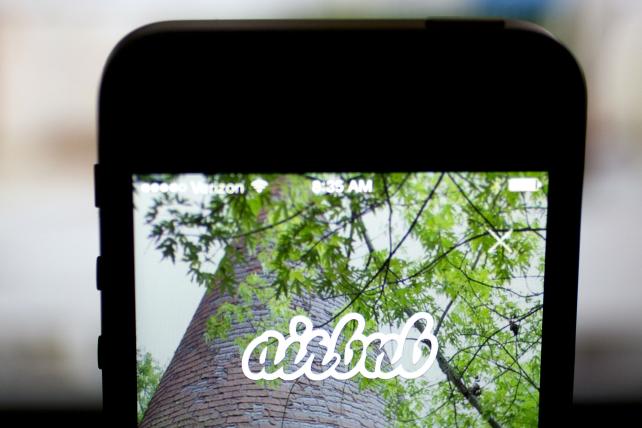Sir David Brailsford had a difficult challenge ahead of him. The year was 2012 and the Olympic Games were on. The team he was coaching, British Team Sky, had not won a single major cycling tournament since 1966.
Far from being discouraged, Brailsford approached the task by breaking down every single thing he could think of that went into riding a bike and then improved it by 1%. The nutrition of riders, the pillows that cyclists slept on, the gel they used for their massages, the ergonomics of a bike seat, the weight of tires — Brailsford improved it all, just by a tiny bit.
By putting all those 1% margins together, or by “aggregating marginal gains,” Brailsford ended up with a remarkable improvement. In 2012, Team Sky won Tour de France and went ahead to win two more. At the Games, it triumphed with 70% of the gold medals in cycling.
Brailsford is a growth-hacker. He proved that, instead of a silver bullet, there were a handful of micro, cost-effective and human-centered optimizations he could scale to create considerably more value down the proverbial cycling road.
Airbnb, Uber, Instagram, Spotify, <adage_no_lookbook_links>Warby Parker and WhatsApp have done the same thing. They uncovered untapped acquisition channels, iterated their features, stayed close to their customers and relentlessly optimized via a rigorous analytical approach.
In the process, they achieved billion-dollar valuations and aggregated massive audiences.
The dizzyingly fast growth of these brands in acquiring, retaining and monetizing their customers has nothing to do with traditional marketing methods. It has everything to do with growth hacking.
Growth hacking is an iterative customer acquisition and retention strategy that sits at the intersection of product development and marketing. Coined by entrepreneur Sean Ellis back in 2010, growth hacking bakes marketing into the product by relying on social dynamics and network effects.
Twitter’s “Suggested Users List” is an example. This micro-solution made service adoption infinitely easier and spurred user base growth. Dropbox infused the “I get something if you get something” social dynamic, which gifted free storage space for those who shared the service with friends, a fundamental part of its use. Mailbox created an insane demand by both super-slick interface and showing how many others are ahead of us on the waitlist for the service.
User acquisition, retention and referrals in these cases were designed into the product experience architecture from the get-go. By simply using a product or service, users spread the word to their social graph. Referrals and mentions in the social graph then attract new users. This “use-awareness-use” loop powers a self-propelling engine for growth without a massive marketing budget.
Still, there’s nothing that creates scale like network effects. To get enough users on board to create network effects, the most famous modern brands have all “piggybacked” on other, pre-existing social networks. They built upon the user base and interactions already happening out there.
Airbnb very successfully piggybacked on Craigslist, which it used for its initial growth. PayPal piggybacked on eBay and its vibrant world of transactions. Instagram and Spotify piggybacked on Facebook and its massive resources. Snapchat and WhatsApp piggybacked on the phonebook of everyone with a smartphone.
Piggybacking allowed these brands to avoid building network effects from scratch (think how long it took for a telephone or even the internet to achieve mass adoption). It also provided bigger returns on their existing investments, rather than forcing them to spend more on distribution.
In the world of traditional marketing, massive spending on distribution used to compensate for sub-par products. Increasingly, not even the largest or the most creative product launches (think Super Bowl) can create scalable, repeatable and sustainable ways to grow the business if the product isn’t something with a good market fit.
The hard lesson to learn from upstarts is that product matters as much as the promotion. This may be the single most important marketing innovation coming from those who have neither the marketing budgets nor the know-how.
Instead, these forward-thinking brands have laser focus on creating products and services that compete not just on distribution strategy, but also on killer features that consumers must have. This “product plus distribution equals modern marketing” formula led Airbnb to become as much (or arguably more of) a force as Hilton. To successfully compete — and stretch further their ever-shrinking marketing budgets — legacy brands need to start hacking their own growth.
This article originally appeared on www.adage.com.






